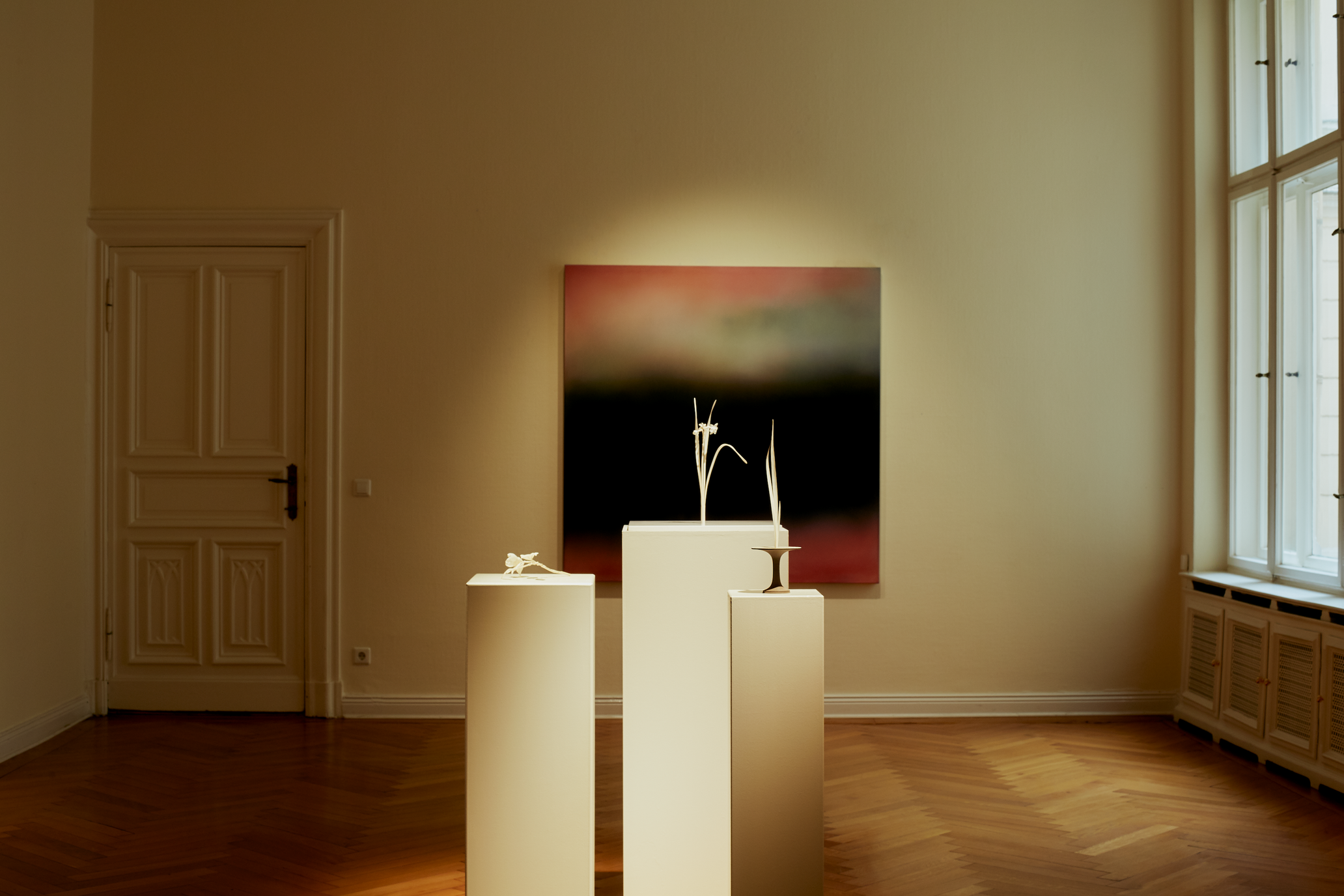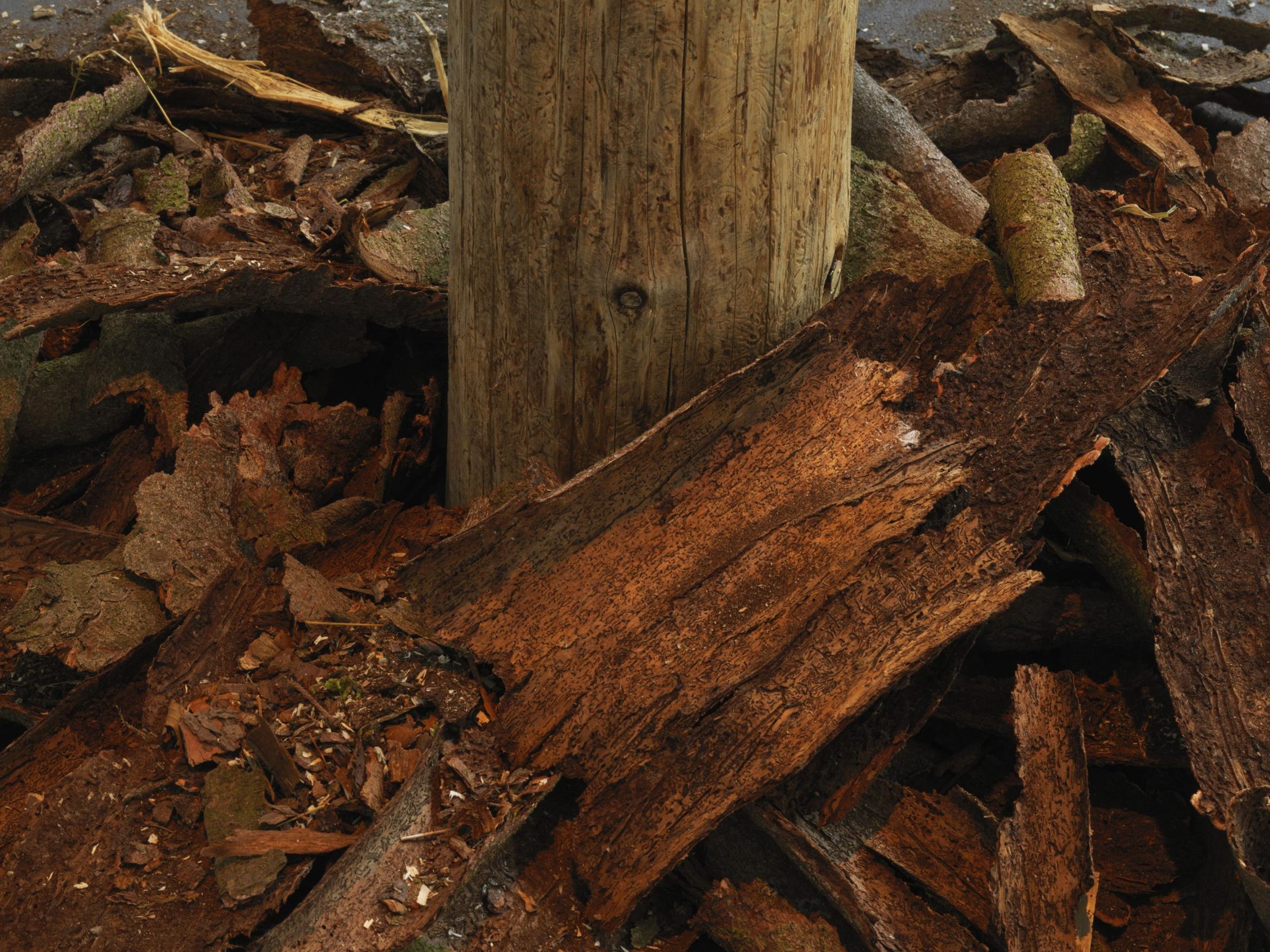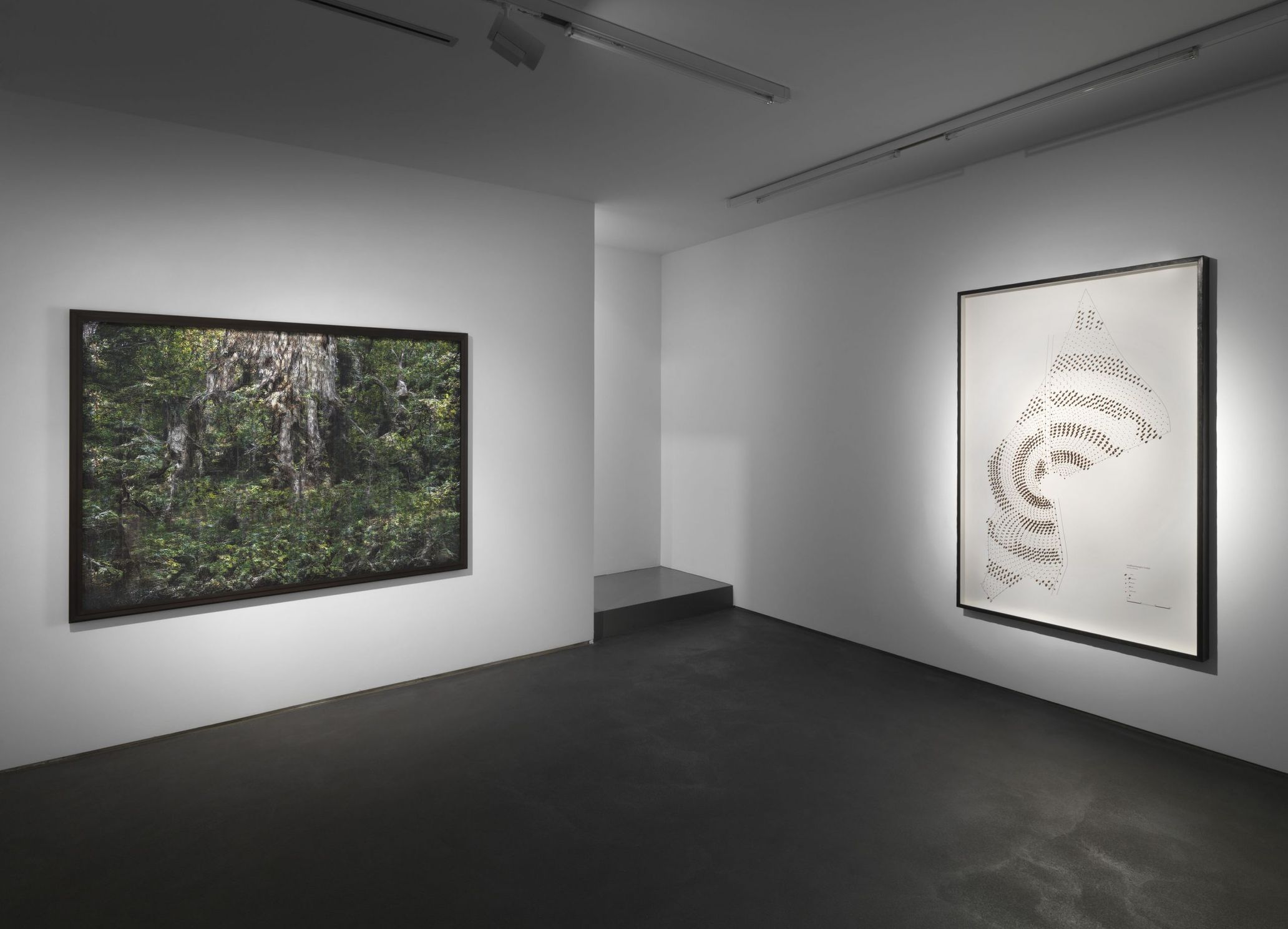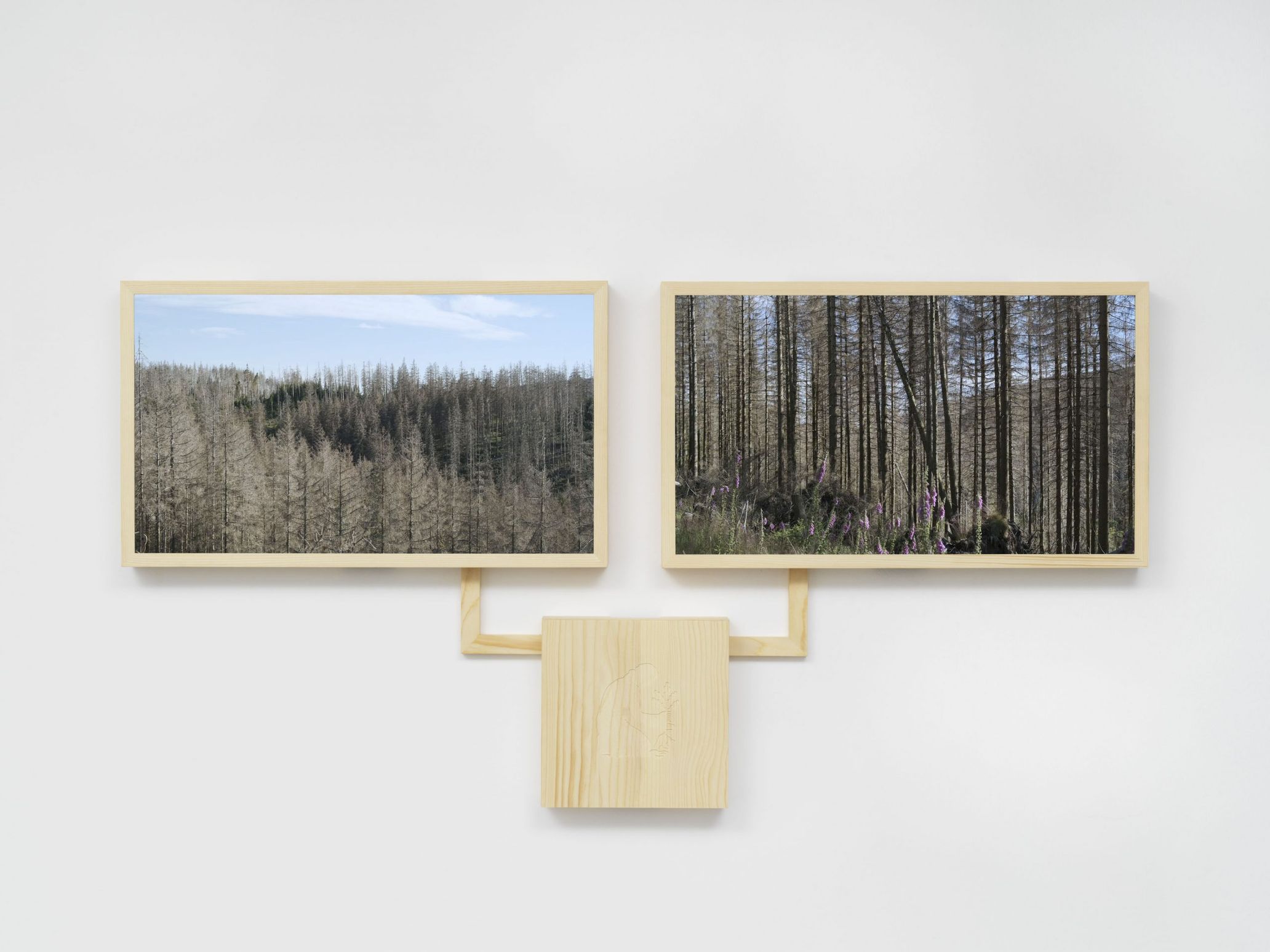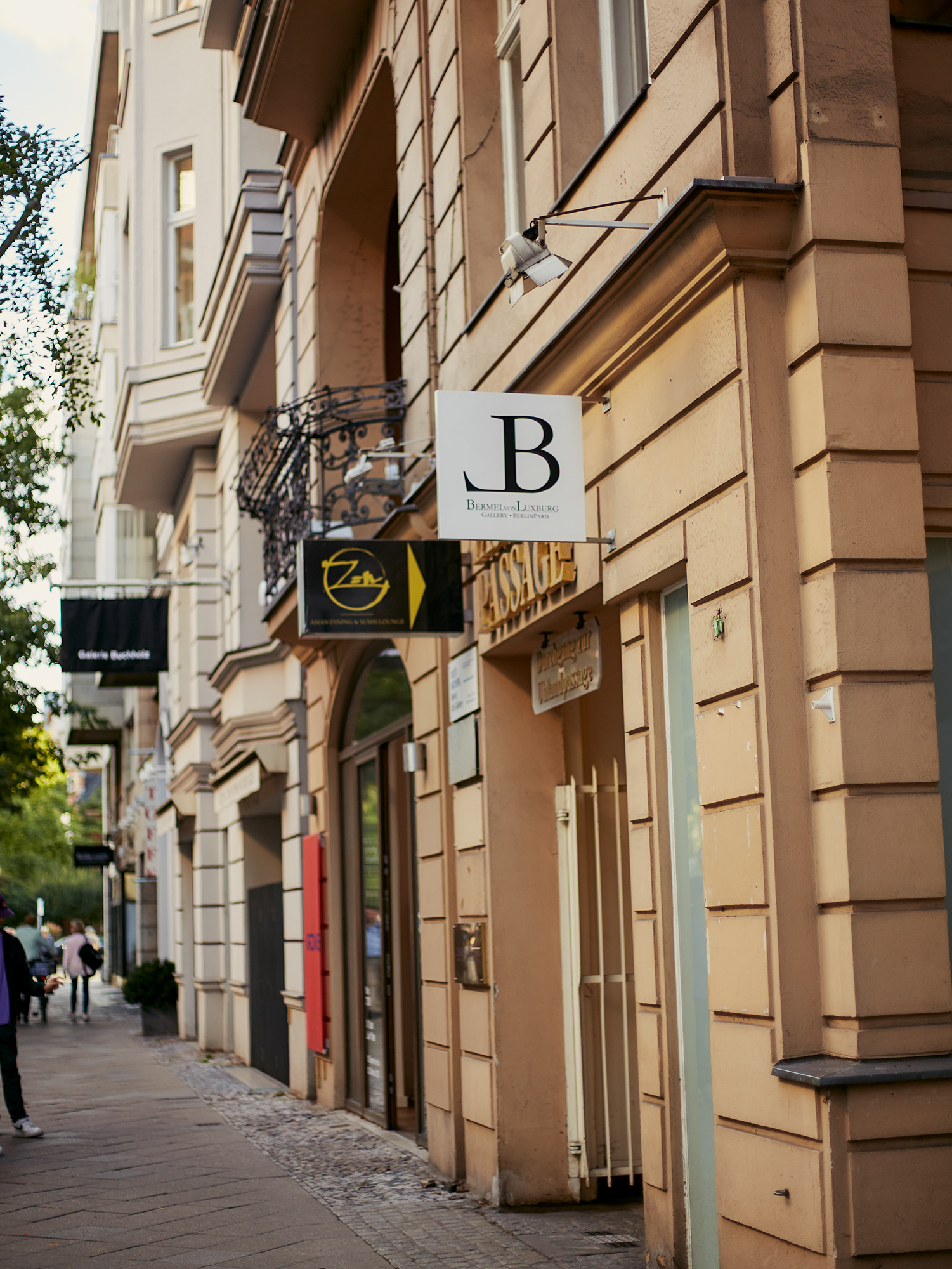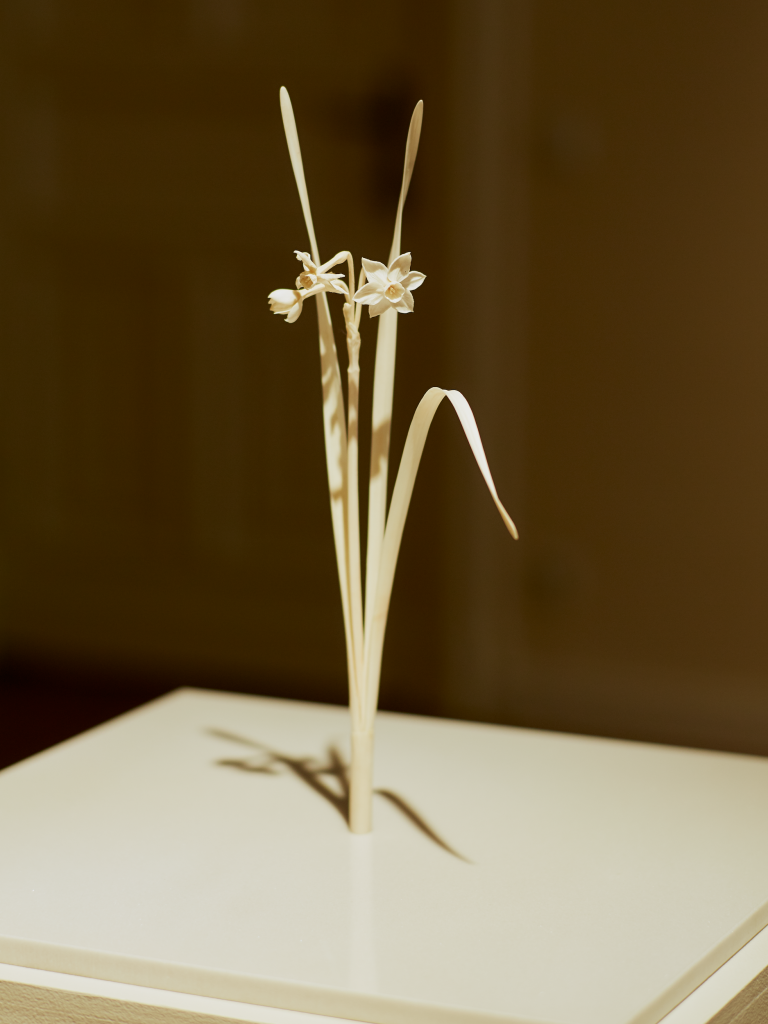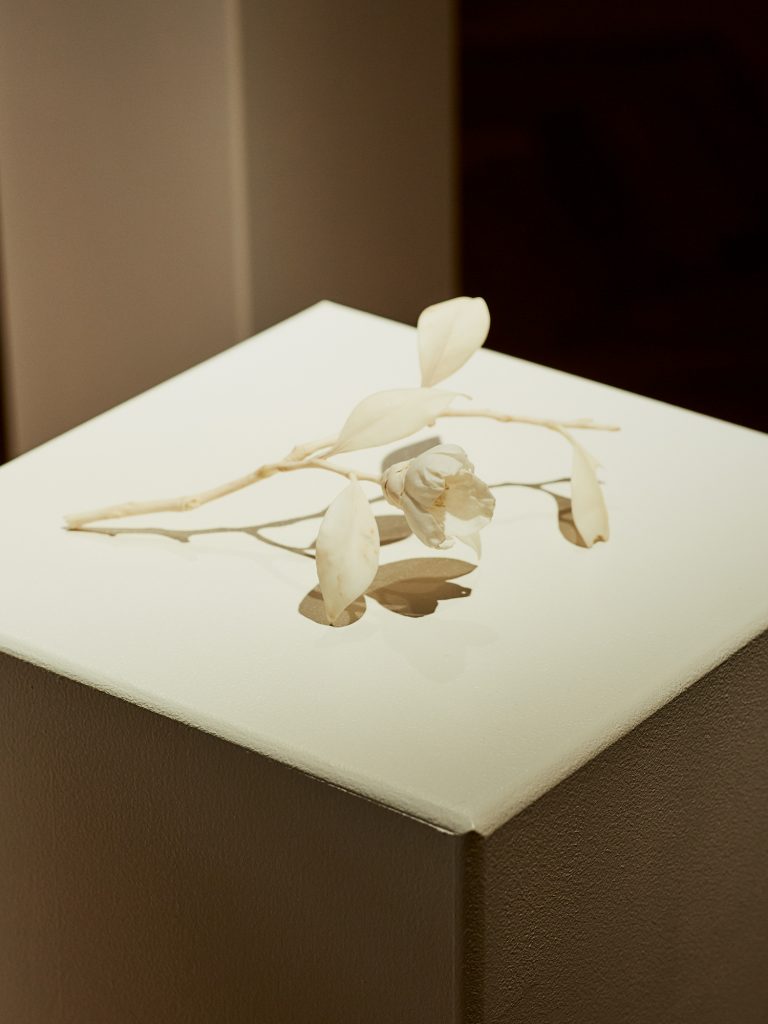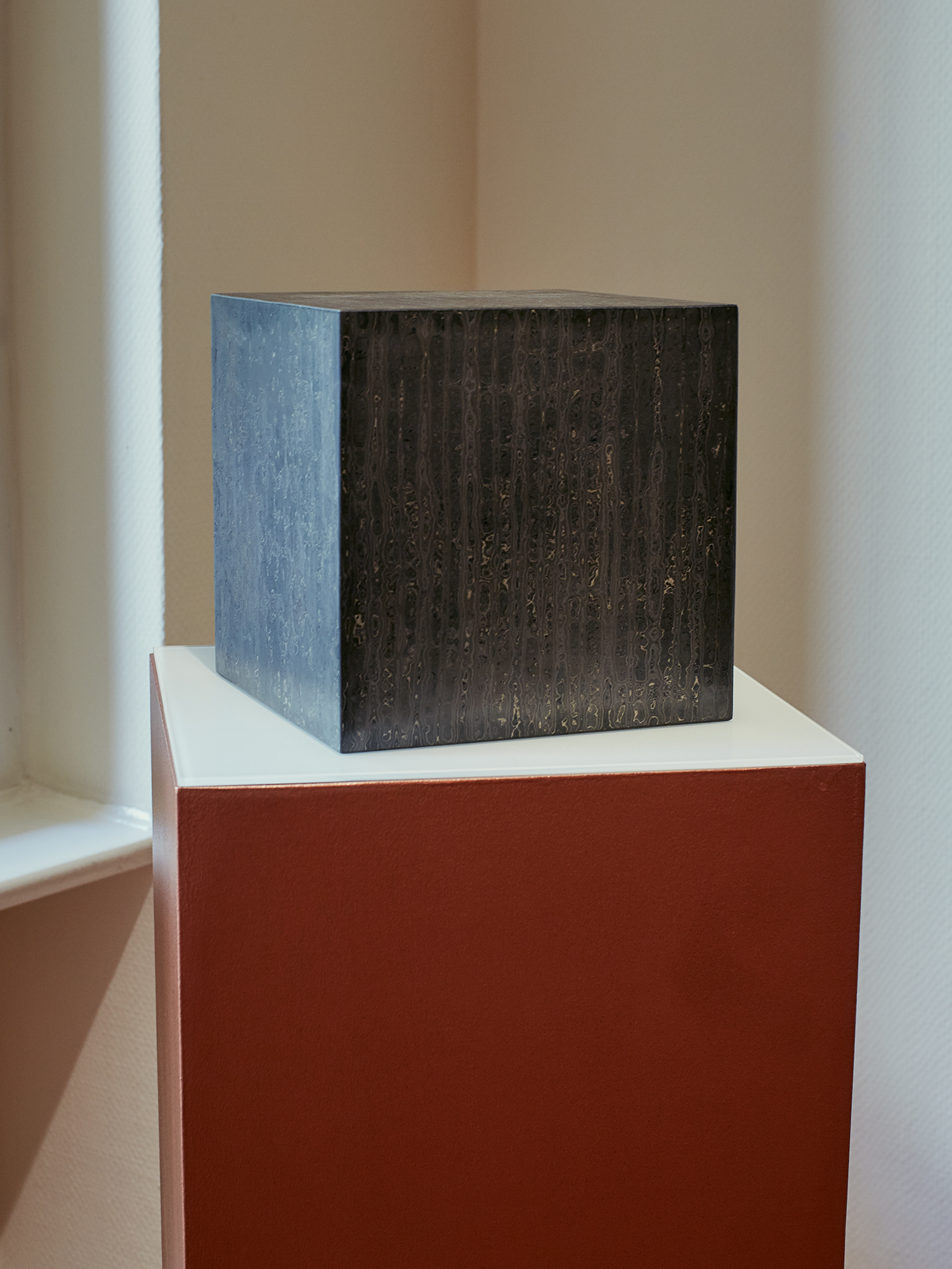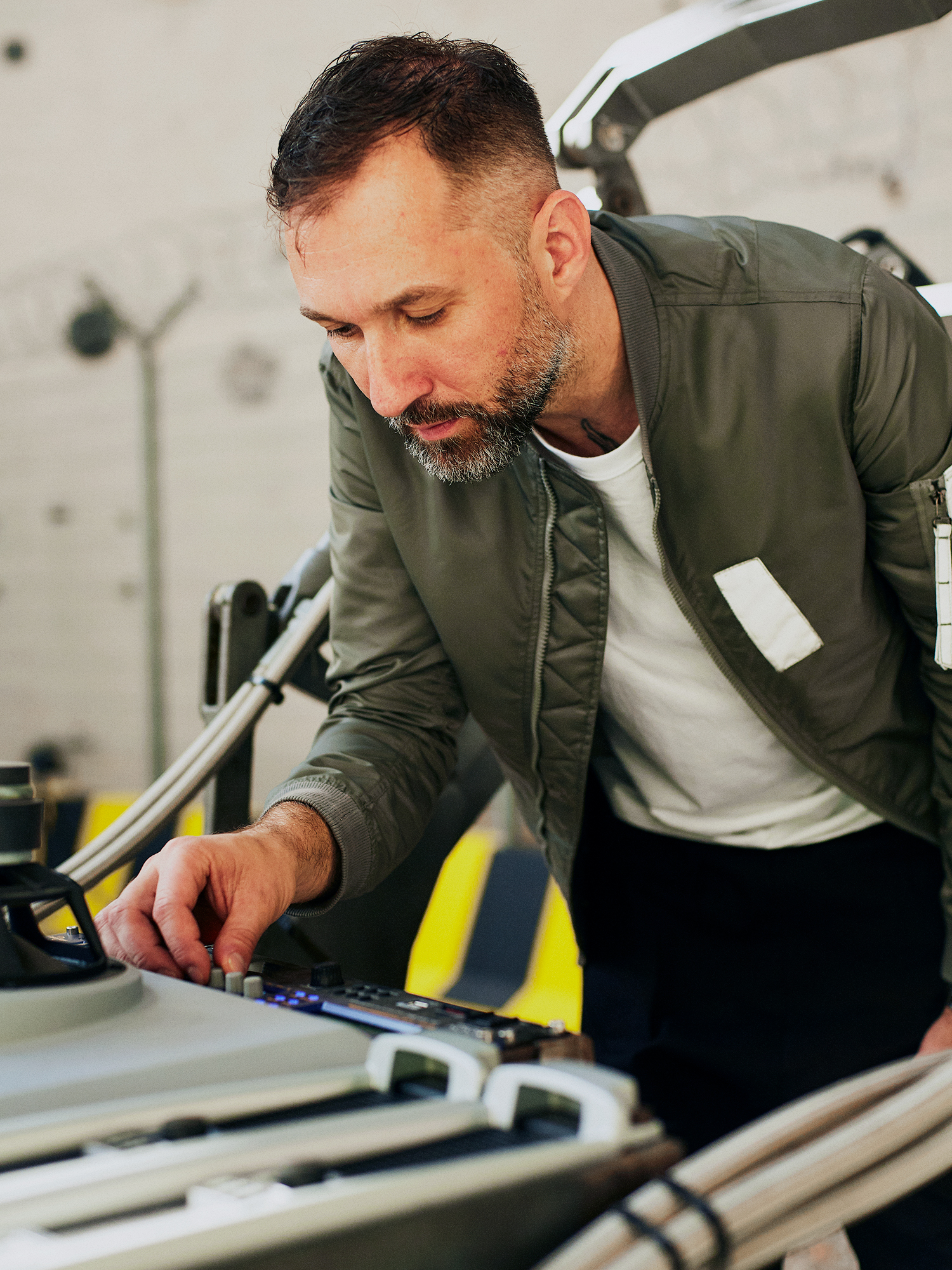On September 9th to 13th, with the world still in chaos, Berlin Art Week was more exciting than usual. Reconfirming the abilities of local artists, reevaluating physical art and recognizing the need for Berlin symbolize these times where it is not easy to cross national borders. Now we are in a situation where we have been forced to shut the door to our usually busy life and resist extending our antenna to see the wider outside world. From now on, I think the time has come to focus on and develop the familiar things around us.
A German artist uses digital art to represent reforestation projects in forested areas that have died due to climate change. Two contrasting Japanese sculptors holding their first exhibition in Germany. A German artist who creates sonic sculptures inspired by acoustic weapons. We focus on these four artists based in Germany and Japan and report on museums and galleries in Berlin that are participating in Berlin Art Week.
I first visited a contemporary art gallery in Mitte. German artist, Andreas Greiner, has his exhibition Jungle Memory (Wald für Morgen) at DITTRICH & SCHLECHTRIEM . As we made our way down the stairs from the entrance to the underground exhibition space, I was shown images of forests projected on a large screen floating in the dark and a row of nine devastated trees. These spruce trees were brought from forests around Goslar in Lower Saxony that died due to droughts and bark beetle outbreaks. Almost 50% of the vast 3200 hectares of the forests boasted by Goslar have already withered. Andreas stepped up to save the dying forests of Germany and Poland.
As many as 9000 local children have participated in various activities, such as planting trees in spiral patterns designed by algorithms or reusing withered spruce to protect growing saplings. These activities will continue with the cooperation of local schools and governments until 2022, the 1100th anniversary of Goslar’s founding. Reforestation projects this that implement the concept of agroforestry are usually carried out by environmental activists, not artists. However, Andreas has created art in which the natural and digital worlds interact by using AI to produce digital art such as photographs, LED’s and videos.
Data from 10,000 photos taken in various forests, represent the process of how lush forests die and regenerate. These are not just a record, but rather a visceral, real time expression of the progression of the devastation.
A picture frame made from recycled spruce trees. A wooden box engraved with images of women planting trees. An image of an environmental activist carved into a 50 Pfennig coin (Deutche mark) from 1949, to show respect for her.
We moved to the west side of Berlin and went to the Bermel von Luxburg Gallery on an elegant gallery lined street with a medieval European atmosphere. The beautiful art nouveau style of Altbau (a pre-WWII building) holds the joint exhibition, Equilibrium, of three painters and three sculptors. Two artists were selected for Equilibrium, which means balance in Latin. Masaya Hashimoto makes delicate and realistic flower sculptures using deer bones and horns. Kosuke Kato makes minimal sculptures in Damascus steel interwoven with other metals. Their contribution makes it a memorable exhibition in Germany.
The flowers and feathers shake slightly due to the vibrations from just approaching them. It’s hard to believe that they are made from elegant deer bones and horns. The strength of the animal’s life seems to have been breathed into the short, transient life of a flower and reborn as an eternal sculpture. Daffodils are most popular series in recent years and are produced by inserting real daffodils into vases and observing their growth in the sun’s light.
As an artist who creates delicate works based on flowers, he has an interesting experience in the mountains of India. When travelling deep in the mountains of India in 2000, he found and polished some driftwood by a river. The properties of the wood fascinated him and led him to walk the path of the sculptor. The beautiful things that exist in nature become motifs and materials, into which an artist can breathe new life and turn them into works of art. I felt this from Masaya Hashimoto’s work that makes use of the color and characteristics of the material itself.
In contrast, the black work of Kosuke Kato makes you feel the elegance in his robust, non-wasteful minimalist style. His work in steel, the material of Japanese swords, would tell the story of japan’s war in a beautiful Western style building in Berlin. Looking closely, you’ll see a spotted pattern similar to wood grain in the Damascus steel, which is made by mixing different types of metal such as iron and nickel and layering them over and over. Damascus steel was made in ancient India and was used in knives that spread throughout Europe.
I was fascinated by the unique presence of the pieces that interweaved different cultures into abstract and minimalist designs which exude traditional Japanese culture and history. The corridors joining the rooms were lined with works of completely different taste give those of us who live in European countries a new appreciation of the wonders of Japanese art.
Finally, we visited the contemporary gallery KINDL in Kreuzberg, which retains a strong impression of the formet East Germany. This is the most Berlin-like spot. KINDL is a brewery known to all Berliners, which was renovated into a 1600m2 art space. Many other buildings have been renovated and reused for different purposes, but I was overwhelmed by the luxurious gallery space.
German artist Nik Nowak will have an installation and exhibit his work during the Art Week to May next year. Nick produces huge movable speakers inspired by acoustic weapons used during World War II and is highly regarded by the sound industry and acoustic enthusiasts around the world. The exhibition, Schizo Sonics, features speakers in the form of a bulldozer “Panzer”(2010) and a crane “Mantis”(2019), both of which are called sound tanks which also look like combat vehicles.
Nik, a native Berliner, makes art which strongly evokes a historical feeling from the war in Germany and when Berlin was still divided. In an audio-visual installation using beat music during Art Week, he presents an ideological speech by Germans at the Berlin Wall, a symbol of the Cold War from the 1960s. An antithesis to acoustic weapons that damaged hearing and brains, the sound projected by the speakers reflects off walls and ceilings to echo for about 9 seconds. I happened to find the remains of a can from the DDR, a former East German product, on a floor covered with 23 tons of stones carried in from a DDR construction site. We will publish more on Nik Nowak in another story, along with an interview with a Japanese video creator Hiroo Tanaka who has been following his activities for a long time.

